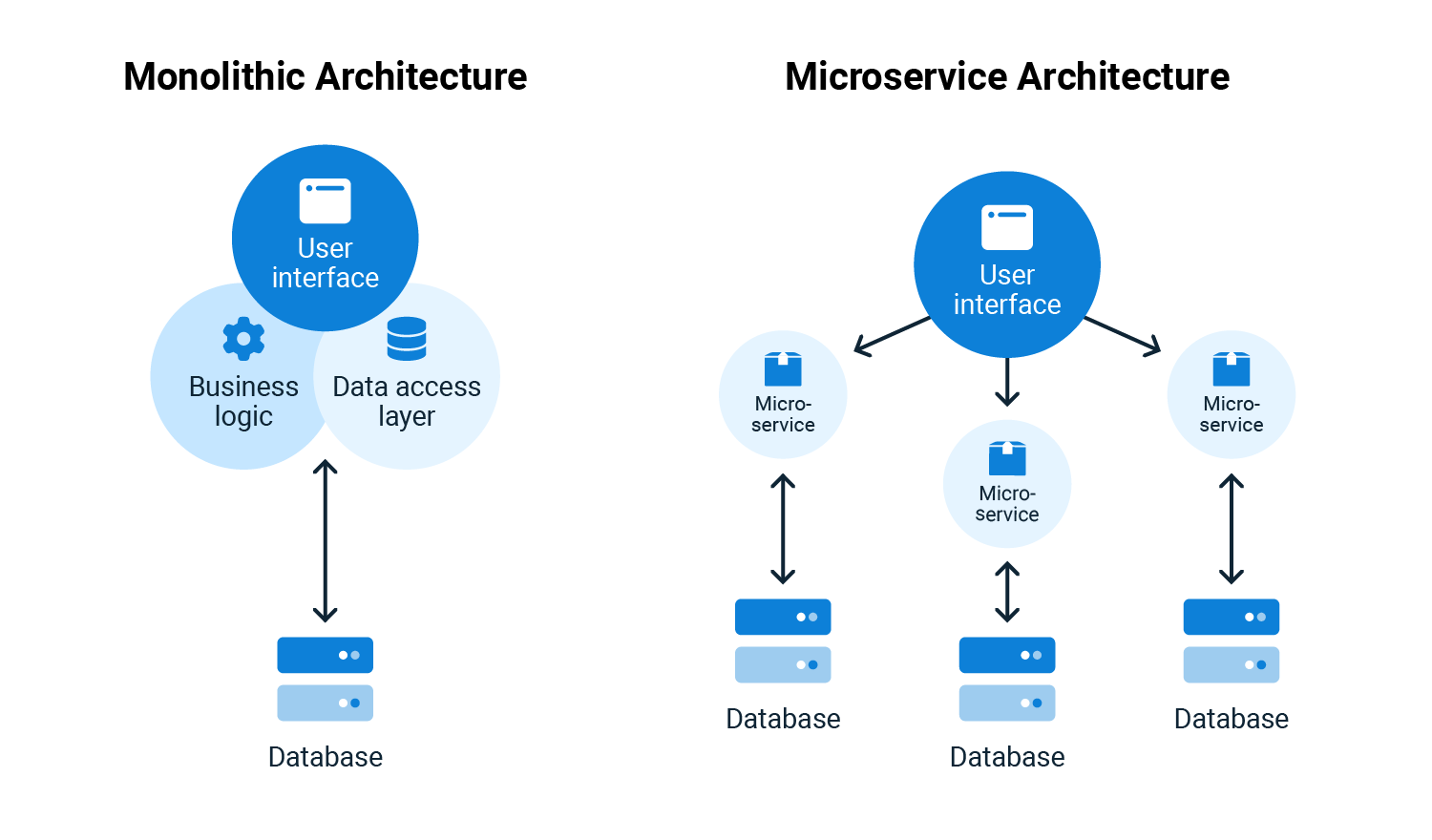
Monolithic vs Microservices: A Detailed Comparison for Scalable Applications
Scalability is the buzzword in today's tech-driven world. But the question is, how do you achieve it? You're likely to come across two terms quite often: monolithic and microservices. These are two distinct architectural styles for developing scalable applications. But which one is right for you?
Monolithic Architecture: The Classic Model
Let's start with monolithic architecture. It's the traditional model where all the software components of an application are packaged together into a single unit. Think of it as a tightly knit fabric, where every thread is interconnected. I remember working on a monolithic application early in my career. The simplicity of having everything in one place was quite appealing.
The Pros and Cons of Monolithic Architecture
Monolithic architectures are simple to develop, test, and deploy. They are a great fit for small-scale applications where the teams are small and the application's complexity is low.
However, as your application grows, so does the complexity. A single change requires the entire application to be rebuilt and deployed. This can make the process slow and cumbersome. Plus, the tightly coupled nature of this architecture can lead to a lack of flexibility and scalability.
Microservices Architecture: The Modern Approach
Microservices, on the other hand, are the modern approach to building applications. Here, each component of the application is developed as an independent service. It's like building with Lego blocks, each piece is independent, but together they form a coherent whole. One of my recent projects involved transitioning a monolithic application to a microservices architecture. The difference in scalability and resilience was night and day.
The Pros and Cons of Microservices Architecture
Microservices offer a high degree of flexibility and scalability. They allow for continuous delivery and deployment, making them a great fit for large-scale applications. Plus, if one service fails, it doesn't bring down the entire application.
However, microservices come with their own set of challenges. They can be complex to manage, requiring robust monitoring and logging practices. Also, data consistency can be a challenge due to the distributed nature of microservices.
Making the Right Choice
So, which one is right for you? It depends on your specific needs. If you're a startup with a simple application, a monolithic architecture might be a good starting point. But if you're dealing with a complex application with high scalability needs, microservices could be your best bet. Remember, there's no one-size-fits-all solution. It's about finding the right fit for your unique needs.
Conclusion
In the end, both monolithic and microservices architectures have their place in software development. Your choice should be dictated by the specific requirements of your project. Understand the pros and cons of each, and make an informed decision. Remember, the ultimate goal is to build scalable, resilient, and efficient applications.